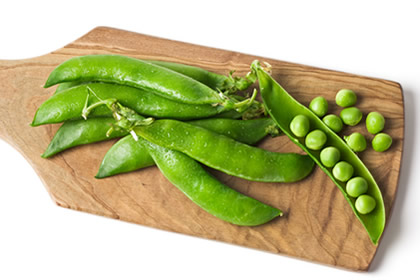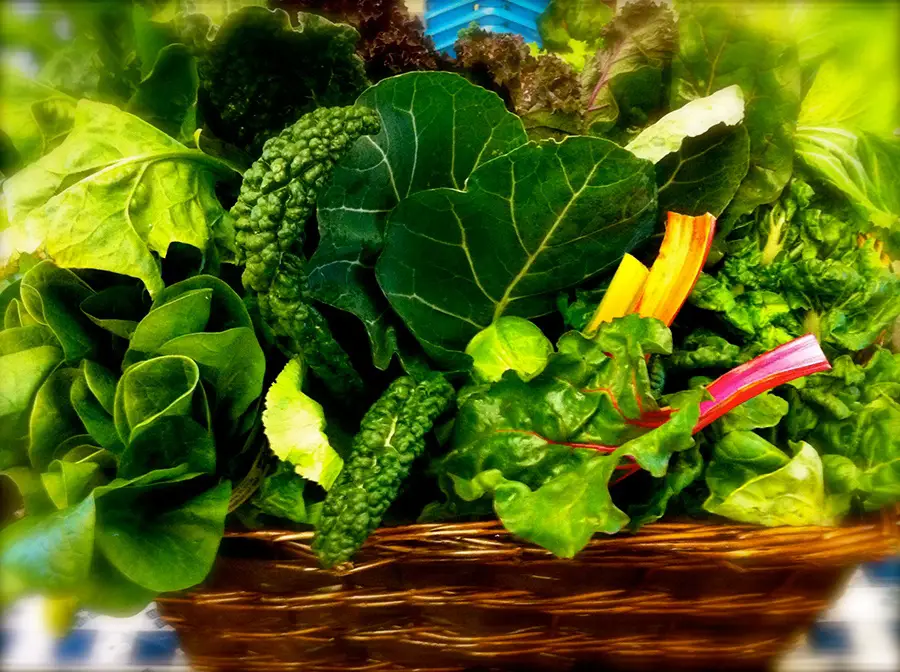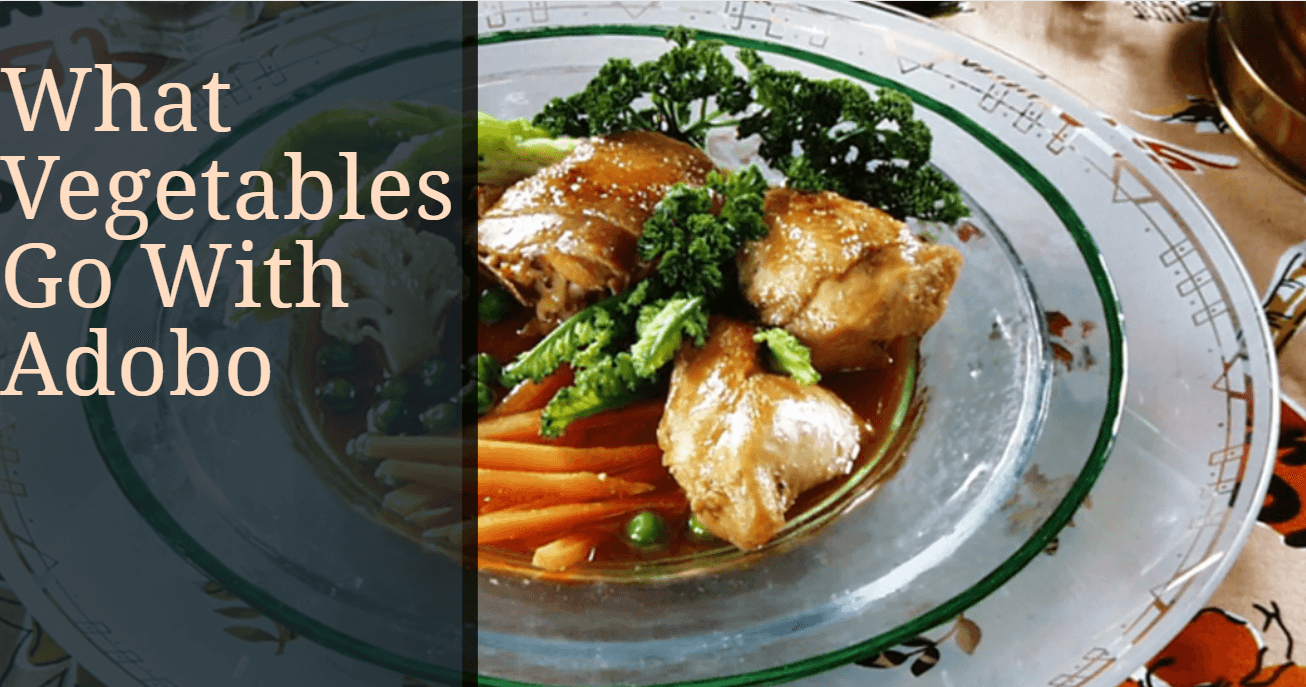Adobo is a cooking technique, the name of a dish, but also a sauce and a spice

The term “adobo” itself comes from the Spanish word “adobar,” which means “to marinate” or “to season.” The dish is believed to have been influenced by Spanish colonization during the 16th century.
Before the arrival of the Spanish, the indigenous people of the Philippines had their own methods of preserving and flavoring meat. These methods often involved using vinegar, salt, and local spices.
The Spanish settlers brought ingredients like vinegar and soy sauce, as well as their cooking techniques, which included marinating meat in a mixture of these ingredients. Over time, the indigenous cooking styles and Spanish influences melded together, resulting in the creation of adobo as we know it today.
The beauty of adobo lies in its simplicity and adaptability. While the basic concept of marinating meat in a vinegar and soy sauce mixture remains consistent, different regions in the Philippines have developed their own variations of adobo, incorporating local ingredients and spices to add unique flavors.

The Versatile Green Heroes
When it comes to finding the perfect vegetables to accompany adobo, the versatile green heroes step up to the plate. These vegetables not only add vibrant colors to the dish but also bring a refreshing crunch and a nutritional boost. Let’s explore some of the top contenders.
Green beans are a classic choice when it comes to adobo. They provide a satisfying textural contrast and a bright pop of green. Whether you prefer them crisp or slightly tender, green beans add a delightful crunch that complements the tender meat and the rich flavors of adobo.
Bok choy is another excellent option that brings its unique mild and slightly bitter taste to the table. This leafy green vegetable offers a refreshing contrast to the boldness of the adobo sauce. Its tender stems and tender leaves are a welcome addition, adding both texture and flavor to the dish.
If you’re looking to boost the nutritional value of your adobo, consider adding spinach or kale. These leafy greens are packed with vitamins, minerals, and antioxidants. They wilt beautifully when cooked with adobo, adding a touch of freshness and a vibrant green color to the dish.
Whether you choose green beans, bok choy, spinach, kale, or a combination of these greens, they all make excellent vegetable companions for adobo. Their versatility allows them to adapt to the flavors of the dish while providing a healthy and delicious component to the meal. So, embrace the power of the versatile green heroes and elevate your adobo to new heights.

Root Vegetables for Earthy Tones
Root vegetables are a fantastic addition to adobo, bringing earthy tones and a hearty texture to the dish. These vegetables not only provide a delicious flavor profile but also enhance the overall appeal of the meal. Let’s explore some root vegetables that pair exceptionally well with adobo.
Carrots are a popular choice due to their subtle sweetness and vibrant color. Sliced into thin rounds or julienne strips, carrots add a delightful crunch and balance out the tanginess of the adobo sauce. They also absorb the flavors of the marinade, resulting in tender and flavorful carrot pieces.
Potatoes are another versatile root vegetable that complements adobo beautifully. They absorb the rich adobo sauce, becoming creamy and flavorful when cooked. Whether you prefer small potatoes left whole or larger ones diced into chunks, they add a comforting element to the dish.
For those looking to add an exotic twist to their adobo, taro root or jicama are excellent options. Taro root has a slightly nutty flavor and a starchy texture, providing a unique contrast to the tender meat and tangy sauce. Jicama, on the other hand, offers a refreshing crunch and a subtle sweetness that balances the flavors of adobo.
To highlight the versatility of root vegetables in adobo, here’s a table outlining their characteristics:
| Root Vegetable | Flavor Profile | Texture | How to Prepare |
|---|---|---|---|
| Carrots | Subtle sweetness, crisp | Crunchy | Slice into rounds or julienne strips |
| Potatoes | Creamy, mild | Soft | Leave small potatoes whole or dice into chunks |
| Taro Root | Nutty, starchy | Firm | Peel, slice, and cook until tender |
| Jicama | Refreshing, slightly sweet | Crisp | Peel and slice into thin matchsticks |
By incorporating these root vegetables into your adobo, you’ll not only add depth of flavor but also introduce a satisfying textural element. Experiment with different combinations to find your perfect pairing and enjoy the earthy tones they bring to your adobo creation.

The Cruciferous Charm
Cruciferous vegetables bring a unique charm to adobo, offering distinct flavors and textures that elevate the dish to new heights. These vegetables, known for their cruciferous family classification, add a delightful bitterness and nuttiness that beautifully complement the richness of adobo. Let’s explore some cruciferous vegetables that shine when paired with adobo.
Cauliflower is a versatile cruciferous vegetable that can be a game-changer in adobo. When roasted alongside adobo, cauliflower develops a delightful caramelization that adds depth and texture to the dish. It absorbs the flavors of the sauce while maintaining a slight crunch, creating a satisfying contrast.
Broccoli, with its vibrant florets, is another cruciferous wonder that brings a subtle bitterness to the table. It not only enhances the visual appeal of the dish but also adds a pleasant crunch. When cooked with adobo, broccoli provides a refreshing and slightly crisp element that cuts through the richness of the sauce.
Brussels sprouts, with their miniature cabbage-like appearance, offer a nutty undertone that pairs exceptionally well with adobo. When halved and pan-seared, they develop a caramelized exterior while retaining their tender texture. The slight bitterness of Brussels sprouts provides a delightful counterbalance to the savory adobo flavors.
To highlight the cruciferous charm in adobo, here’s a table outlining their characteristics:
| Cruciferous Vegetable | Flavor Profile | Texture | How to Prepare |
|---|---|---|---|
| Cauliflower | Caramelized, nutty | Tender with slight crunch | Roast or sauté alongside adobo |
| Broccoli | Subtle bitterness, refreshing | Crisp | Steam or sauté with adobo |
| Brussels Sprouts | Nutty, slight bitterness | Tender with caramelized exterior | Halve and pan-sear with adobo |
By incorporating these cruciferous vegetables into your adobo, you’ll introduce complex flavors and textural contrasts that will tantalize your taste buds. Feel free to mix and match or try them individually to find your preferred combination. Embrace the cruciferous charm and elevate your adobo to a new level of culinary excellence.

Leafy Greens for Freshness
Leafy greens provide a fresh and vibrant touch to adobo, bringing a burst of color and a lightness that complements the richness of the dish. These greens not only add visual appeal but also contribute to the overall freshness and nutritional value. Let’s explore some leafy greens that harmonize beautifully with adobo.
Cilantro or parsley, when chopped and sprinkled over the adobo just before serving, lend a bright herbal aroma and a burst of freshness. These leafy herbs add a delightful pop of green and enhance the flavors of the dish.
Baby spinach is another fantastic option, as it wilts gently when cooked with adobo, adding a delicate and tender texture. It imparts a subtle earthiness and a vibrant green color that balances the boldness of the sauce.
Arugula, with its slightly peppery and distinctive flavor, offers an interesting twist to adobo. Its delicate leaves wilt gracefully, contributing a peppery note that complements the tanginess of the dish.
To highlight the leafy greens’ freshness in adobo, here’s a table outlining their characteristics:
| Leafy Green | Flavor Profile | Texture | How to Prepare |
|---|---|---|---|
| Cilantro | Fresh, herbal | Tender | Chop and sprinkle before serving |
| Parsley | Fresh, herbal | Tender | Chop and sprinkle before serving |
| Baby Spinach | Earthy, mild | Tender, wilted | Add during cooking, wilts gently |
| Arugula | Peppery, unique | Delicate | Add during cooking, wilts gently |
By incorporating these leafy greens into your adobo, you’ll infuse the dish with a refreshing element that balances the bold flavors. Feel free to experiment with different greens and combinations to find your preferred level of freshness. Embrace the leafy greens and elevate your adobo to a delightful symphony of flavors and colors.

The Allure of Eggplant
The allure of eggplant in adobo is undeniable. This versatile vegetable, with its velvety texture and ability to absorb flavors, adds a unique dimension to the dish. Sliced eggplant can be sautéed separately and then added to the adobo just before serving. As it cooks, the eggplant soaks up the rich adobo sauce, becoming tender and infused with the delicious flavors. The result is a rich and creamy element that beautifully complements the other components of adobo. The eggplant’s subtle bitterness and meaty texture create a delightful interplay of flavors, adding depth and complexity to the dish. Whether you’re a vegetarian seeking a hearty alternative or simply looking to enhance your adobo experience, the allure of eggplant is sure to captivate your taste buds.
Frequently Asked Questions
Q1: Can I use any vegetables in adobo? A1: While there are no hard and fast rules, certain vegetables pair better with adobo due to their taste profiles and ability to absorb the flavors. The suggestions mentioned in this article are tried and tested options that work well with adobo.
Q2: Can I make a vegetarian version of adobo with vegetables alone? A2: Absolutely! Adobo can be easily adapted to a vegetarian or vegan diet by using tofu or seitan as a protein substitute. Simply follow the same adobo recipe, adding your choice of vegetables as mentioned in this article.
Q3: Are there any vegetables I should avoid when making adobo? A3: Generally, there are no vegetables to avoid when making adobo. However, it’s best to choose vegetables that can hold their texture and not become mushy when cooked in the adobo sauce. Delicate vegetables like zucchini or asparagus may not fare as well.
Q4: Can I add more than one type of vegetable to my adobo? A4: Absolutely! Feel free to experiment and combine various vegetables to create your own unique adobo experience. Just ensure that the vegetables you choose complement each other and the overall flavor profile of the dish.
Q5: Can I use frozen vegetables in adobo? A5: While fresh vegetables are ideal, you can use frozen vegetables as a convenient alternative. However, keep in mind that frozen vegetables might release more water when cooked, so adjust the cooking time and seasonings accordingly.
Q6: Are there any vegetables that shouldn’t be added until the end of cooking? A6: Some vegetables, like leafy greens or herbs, are best added towards the end of cooking to preserve their freshness and vibrant colors. Add them a few minutes before serving, allowing them to wilt gently without overcooking.
